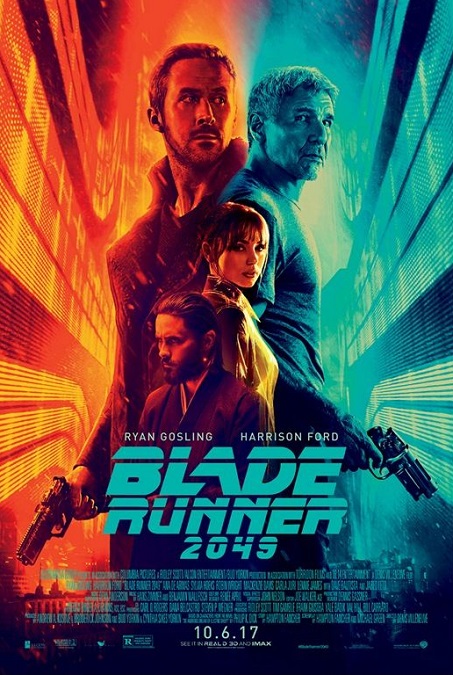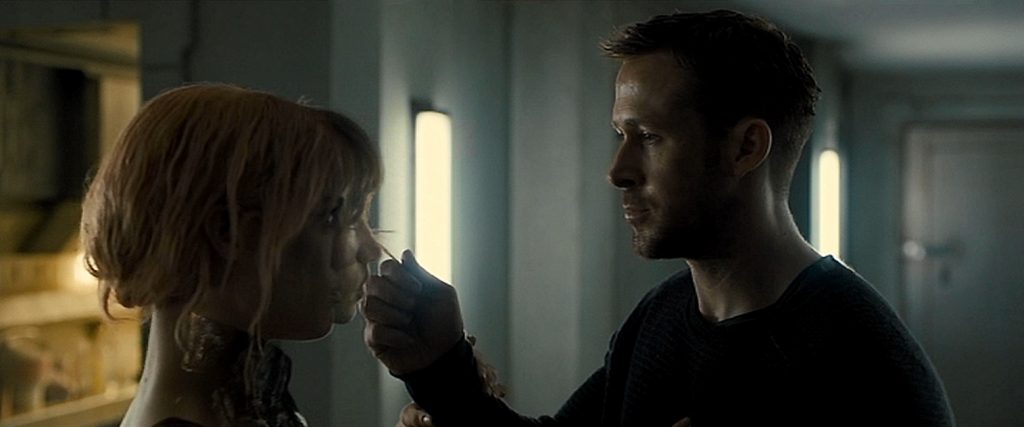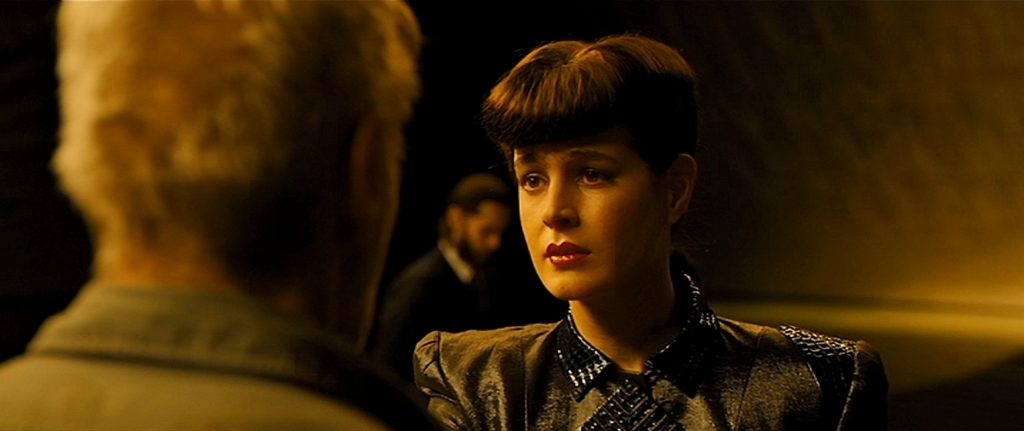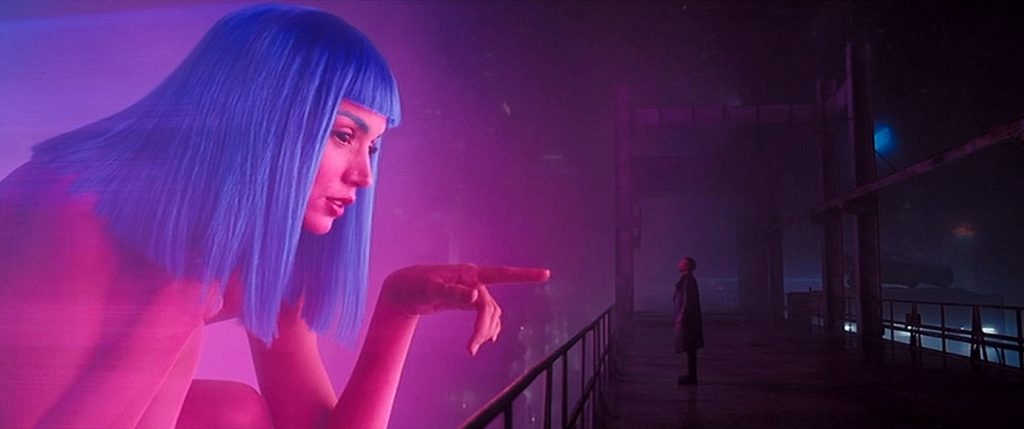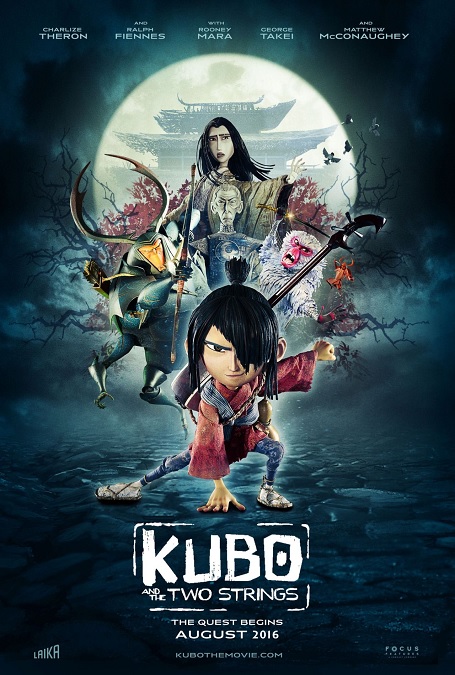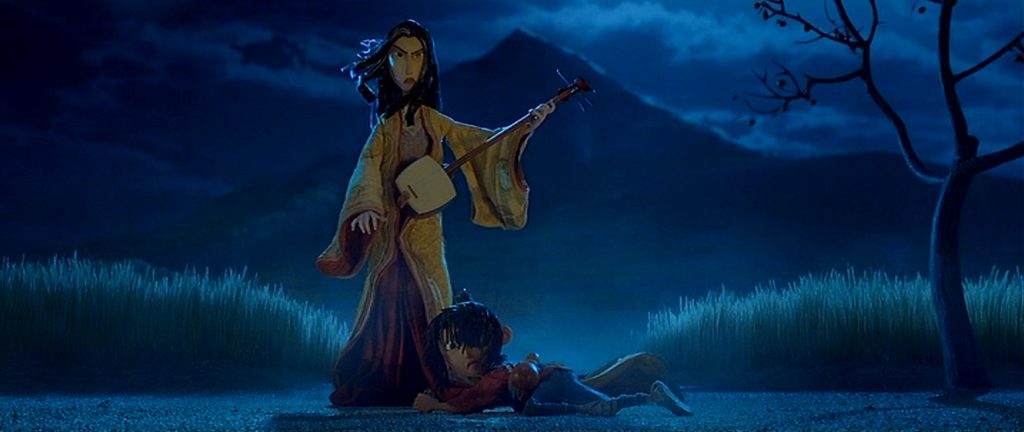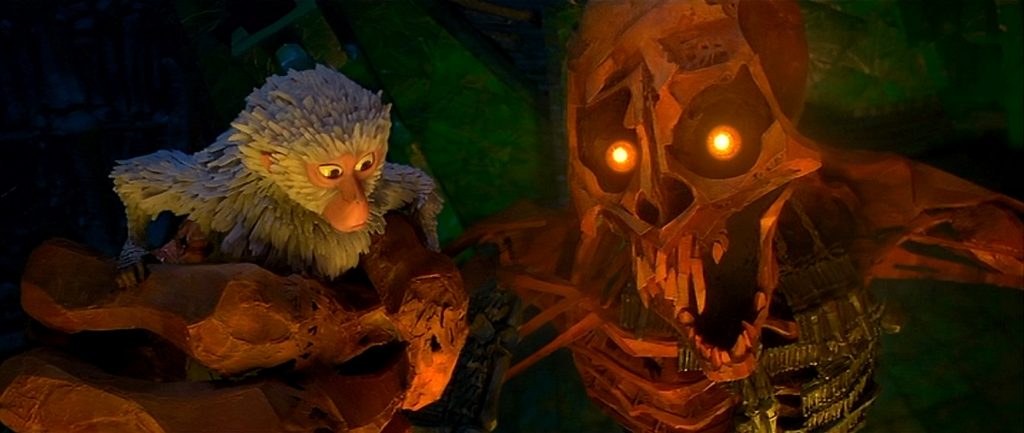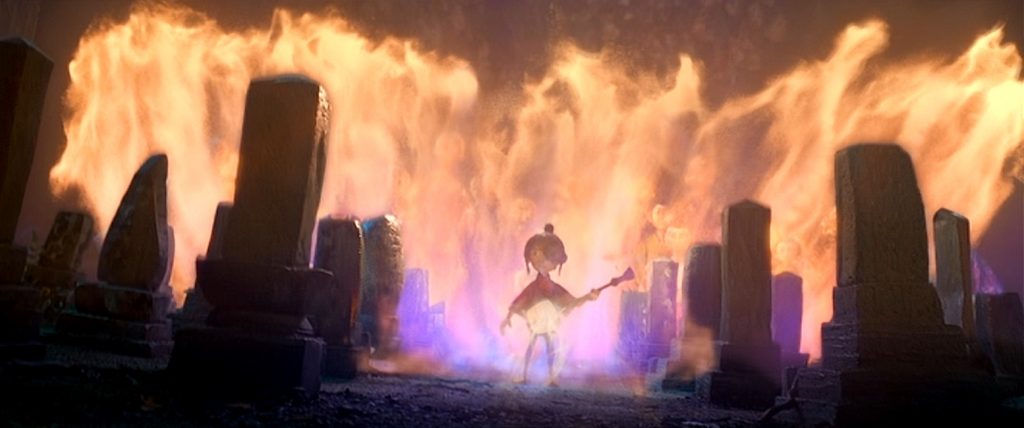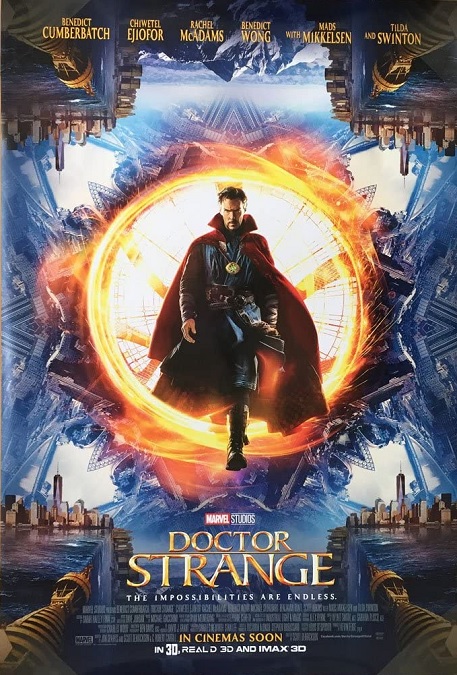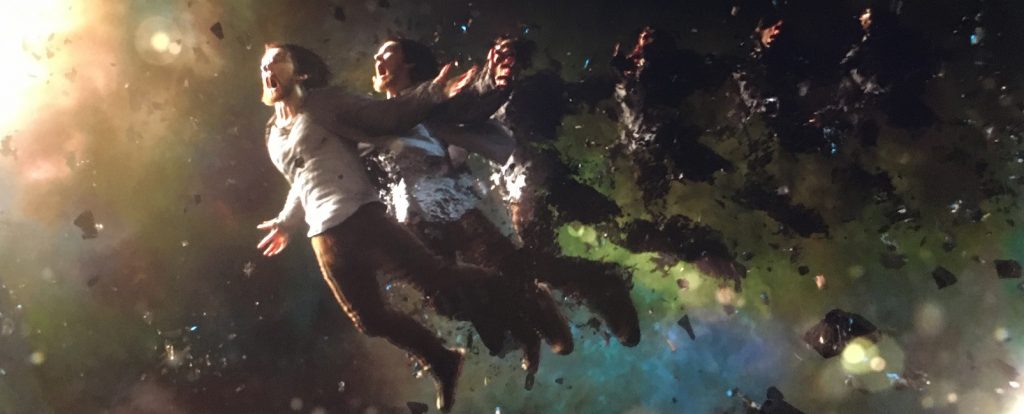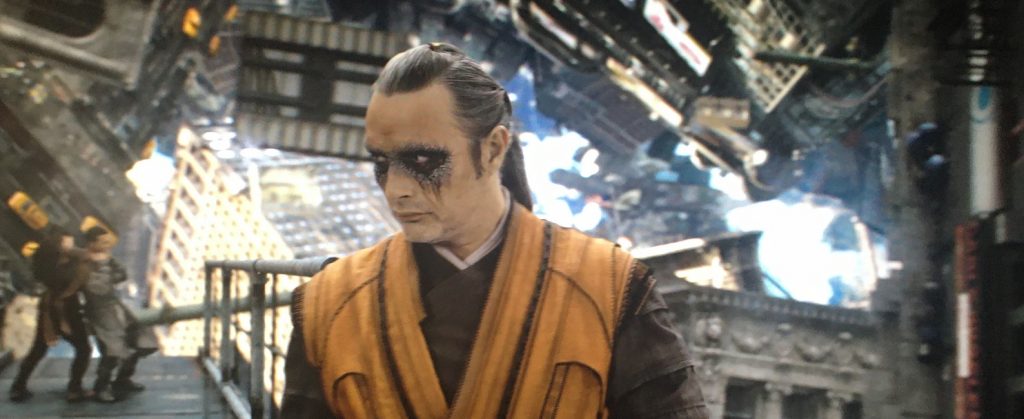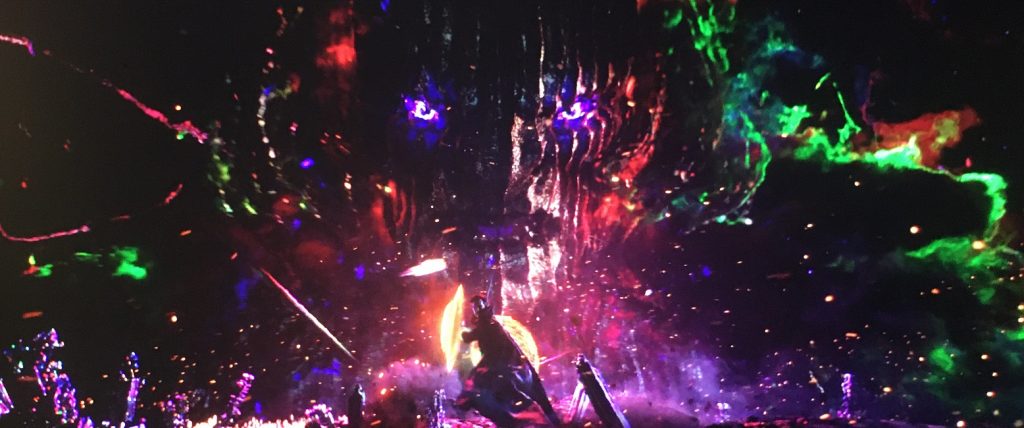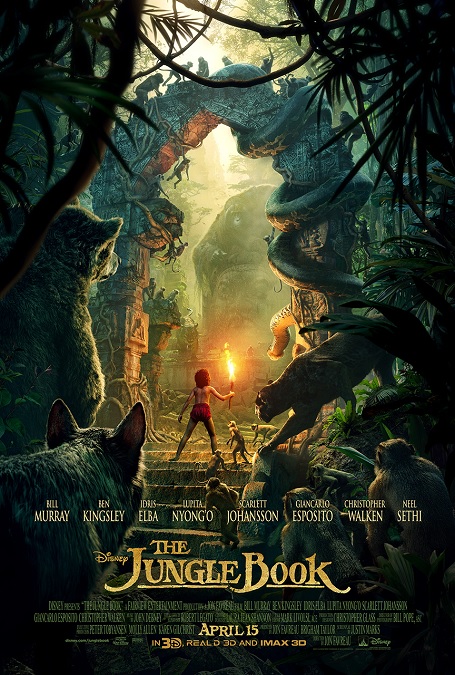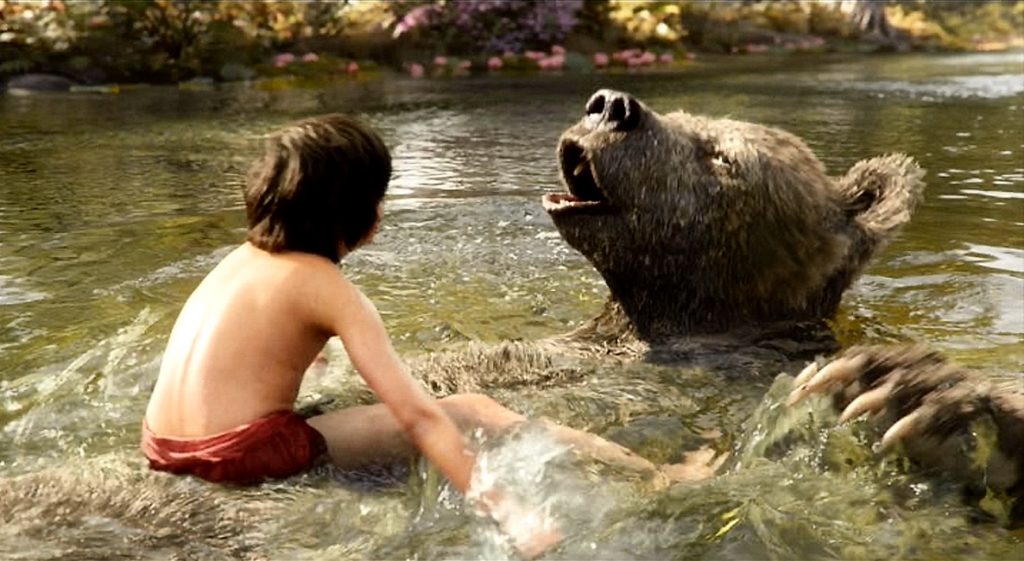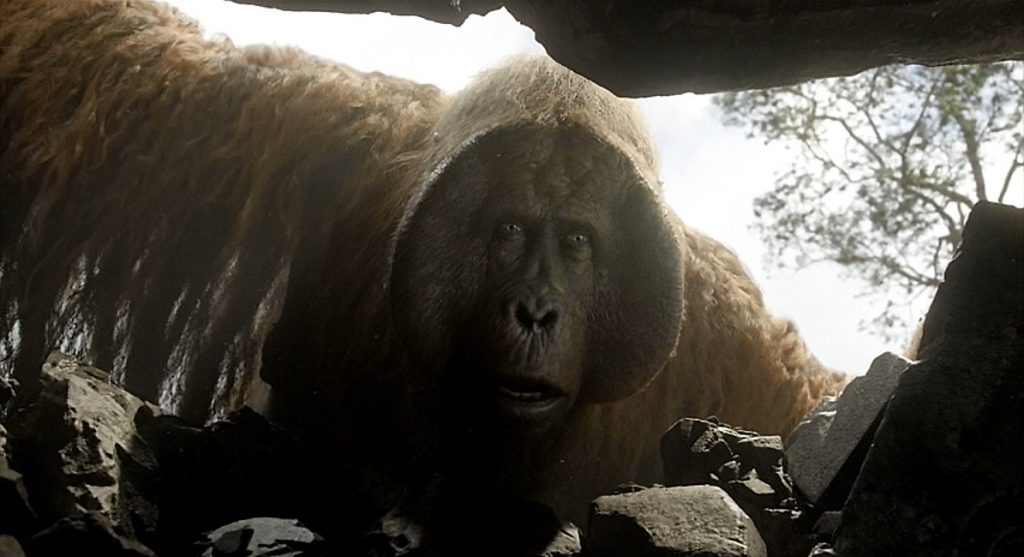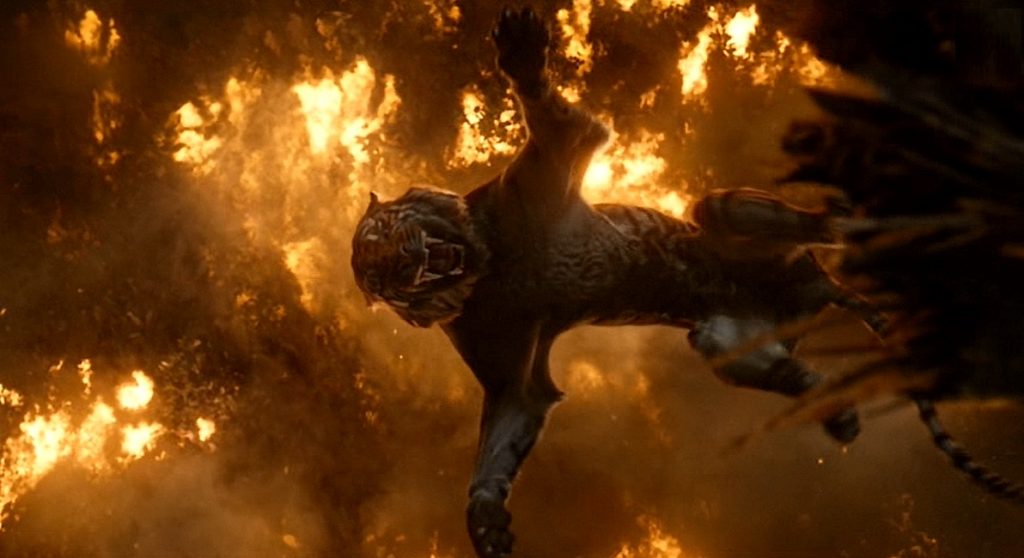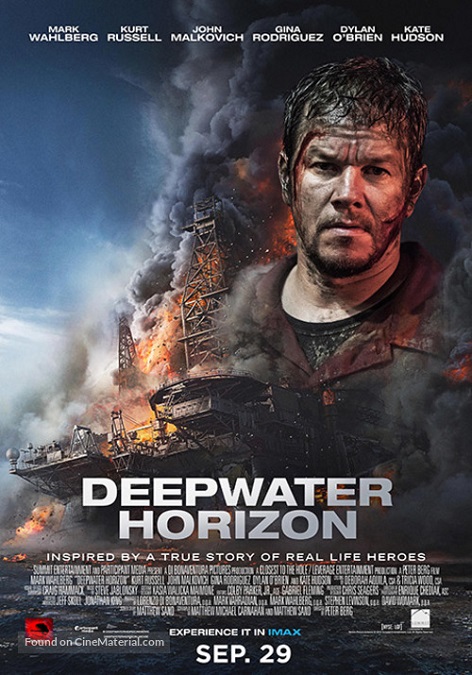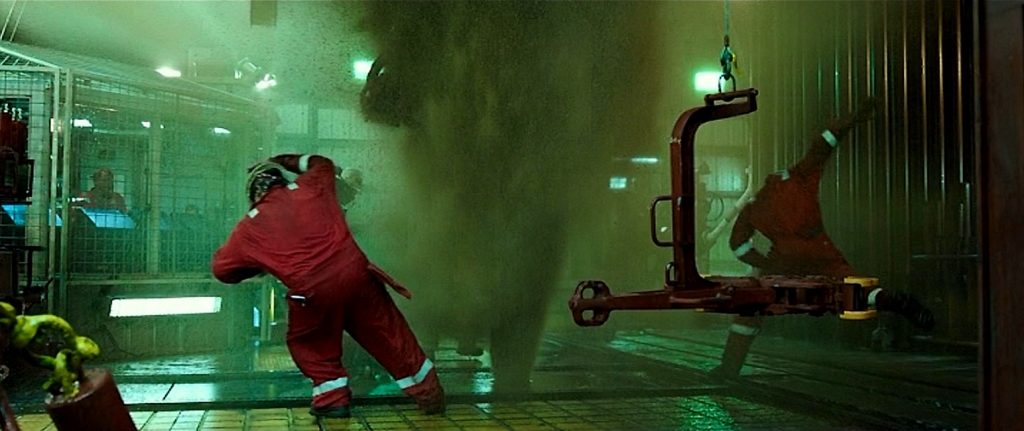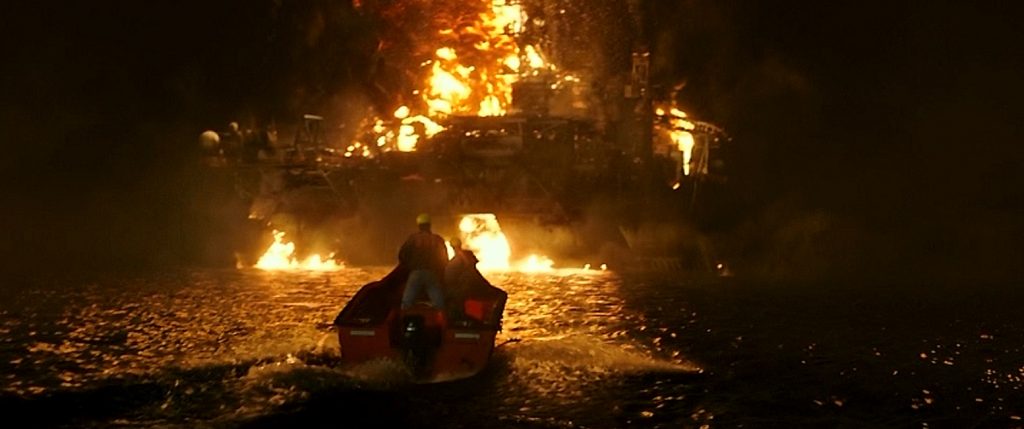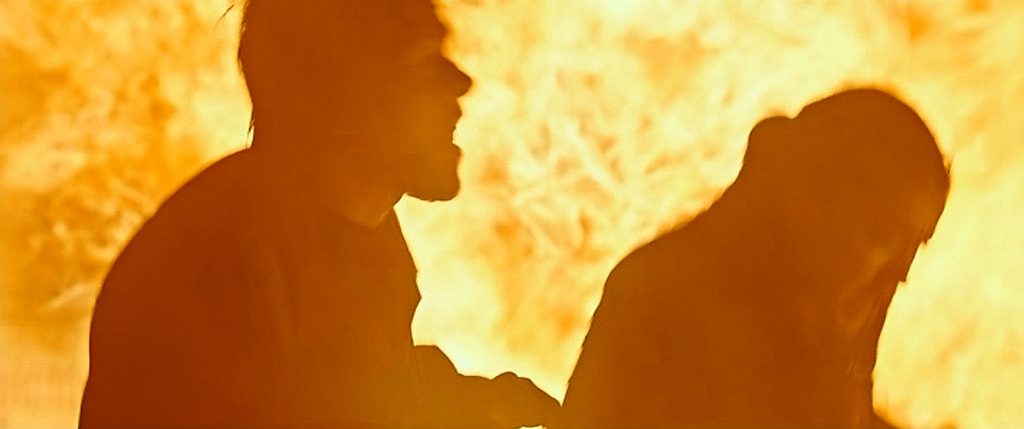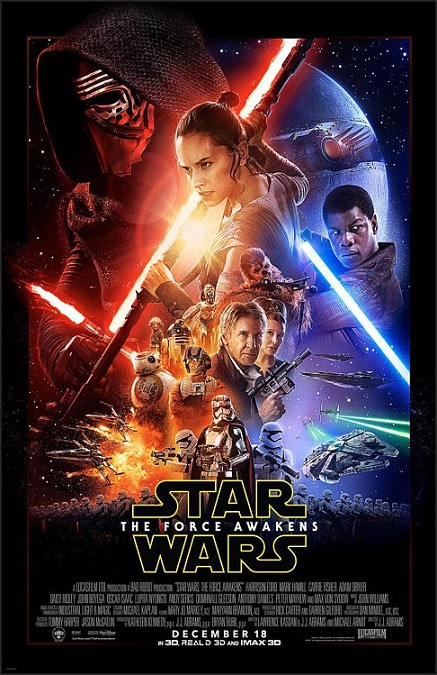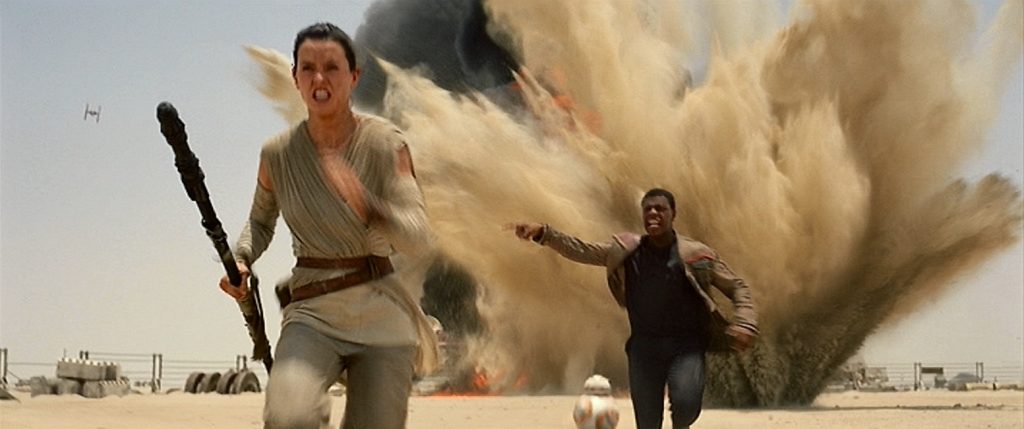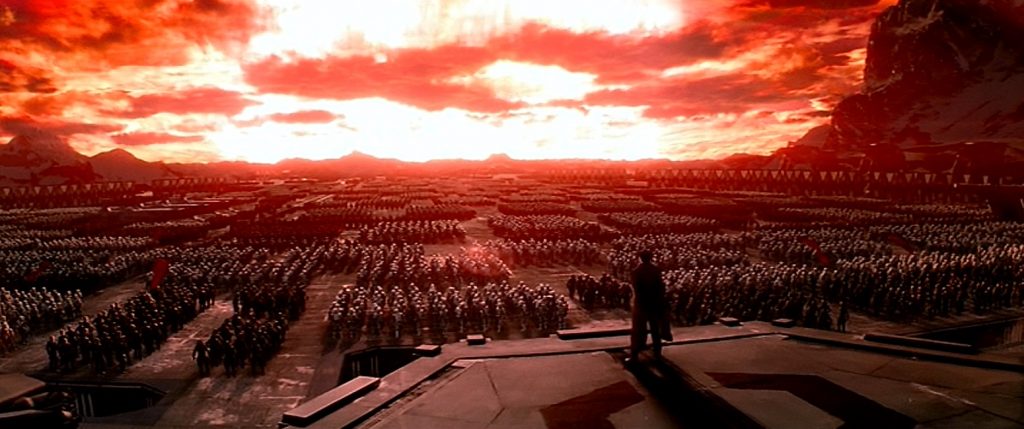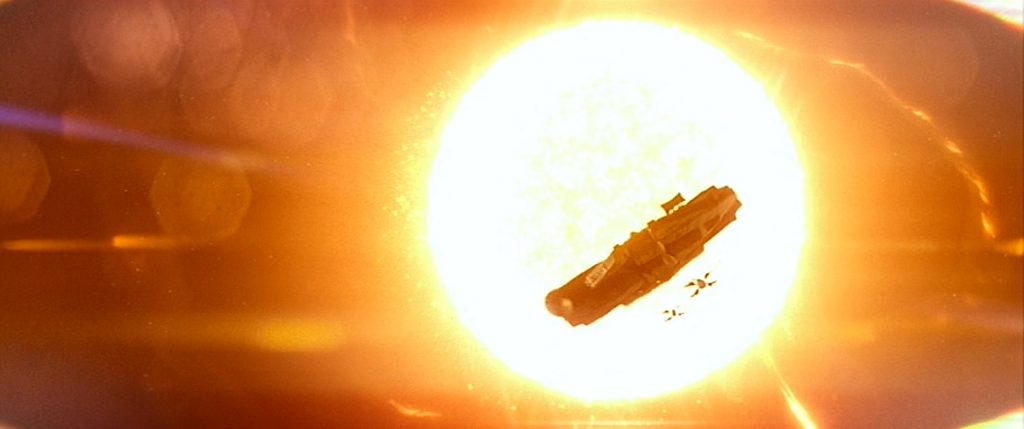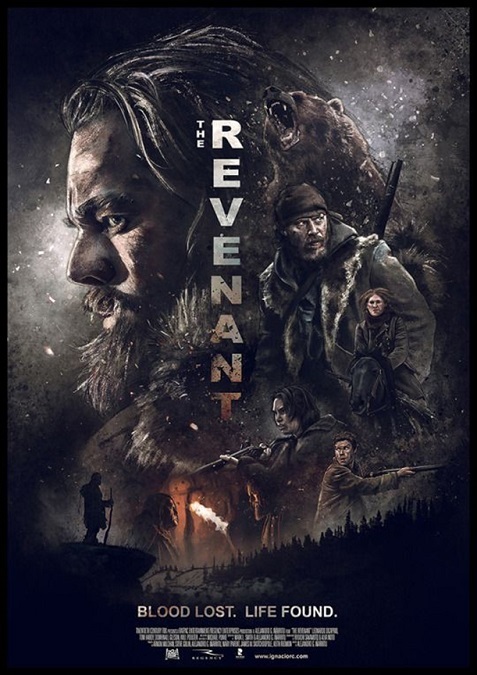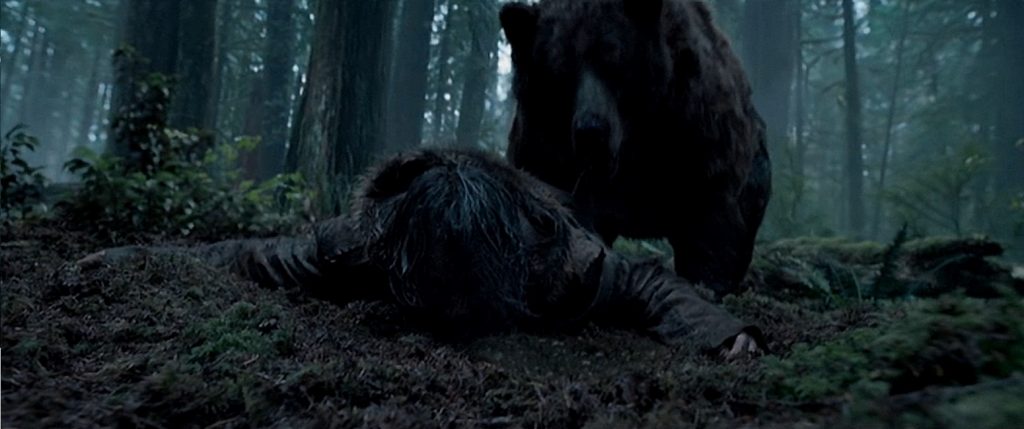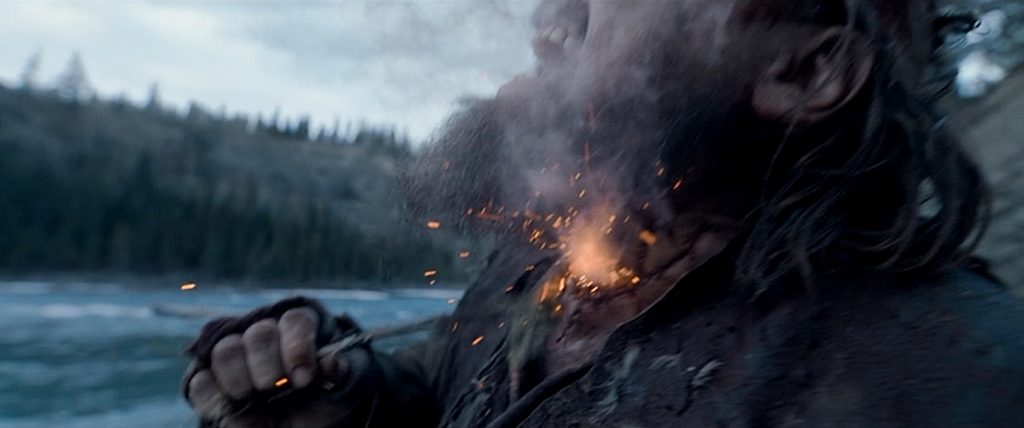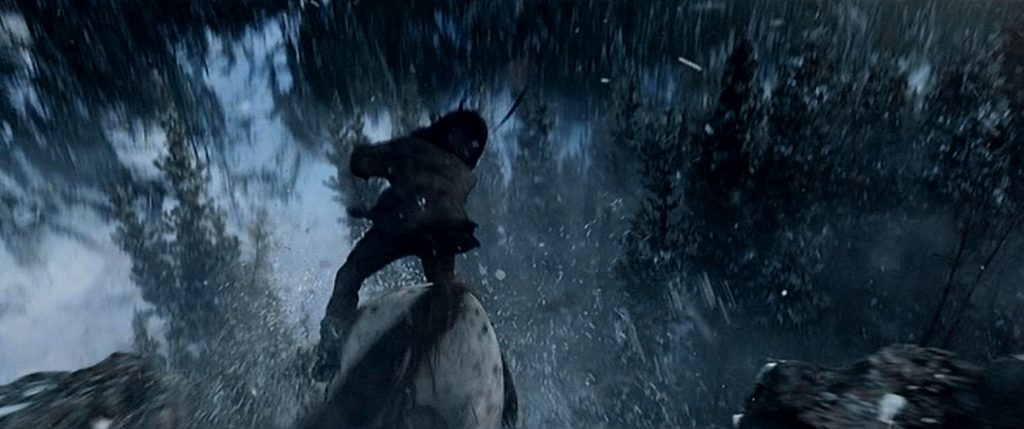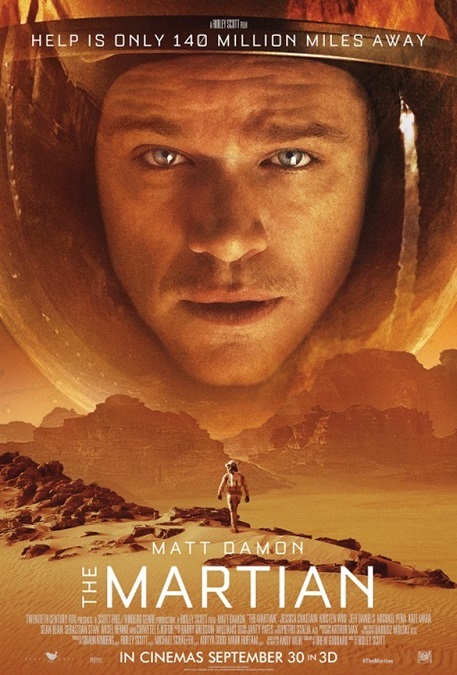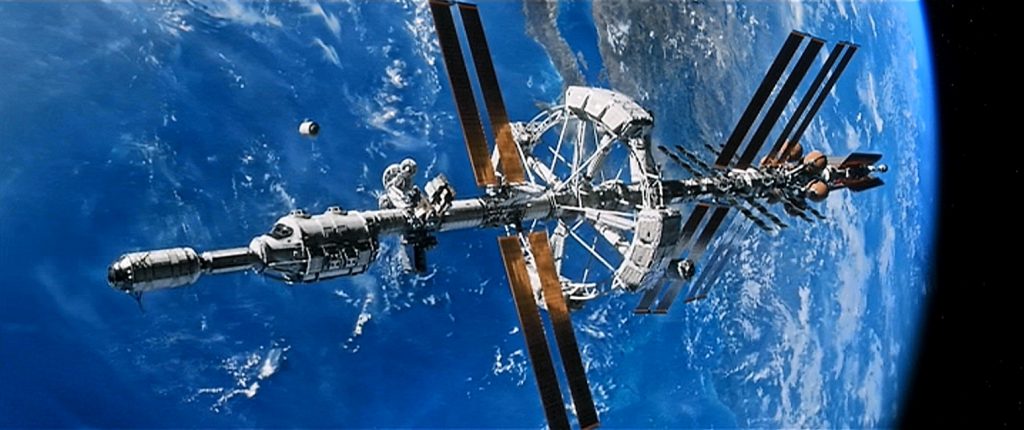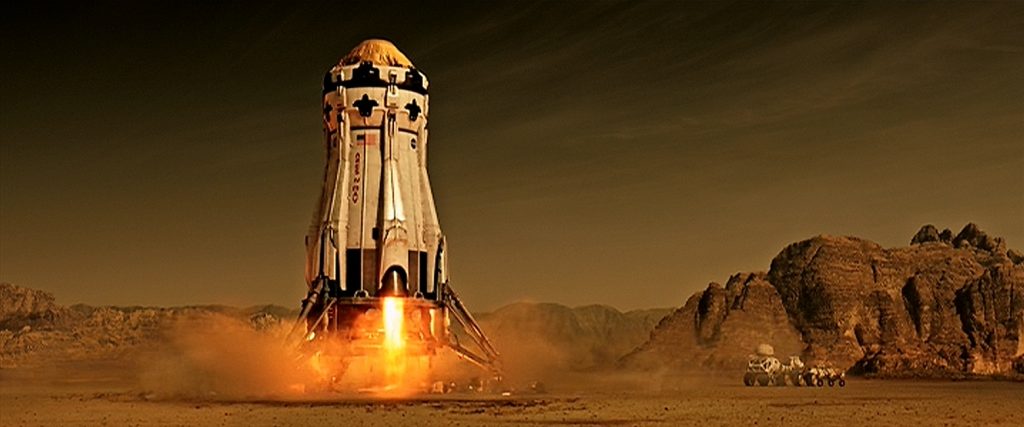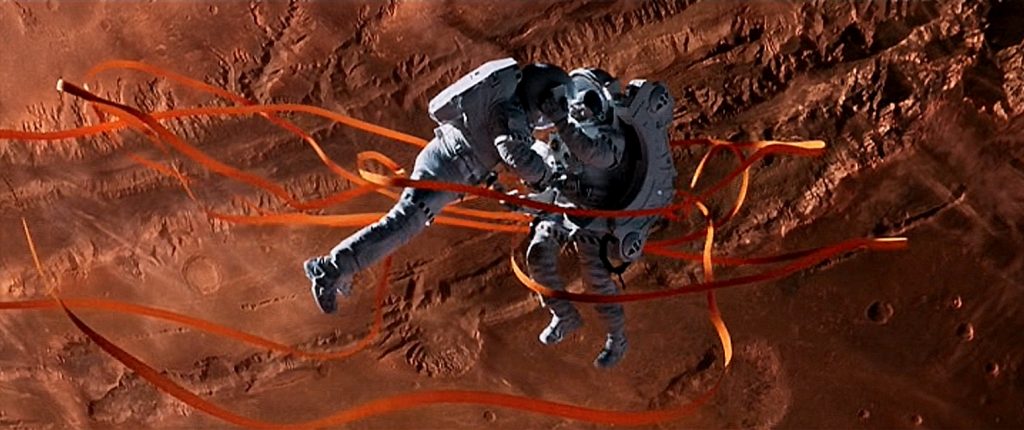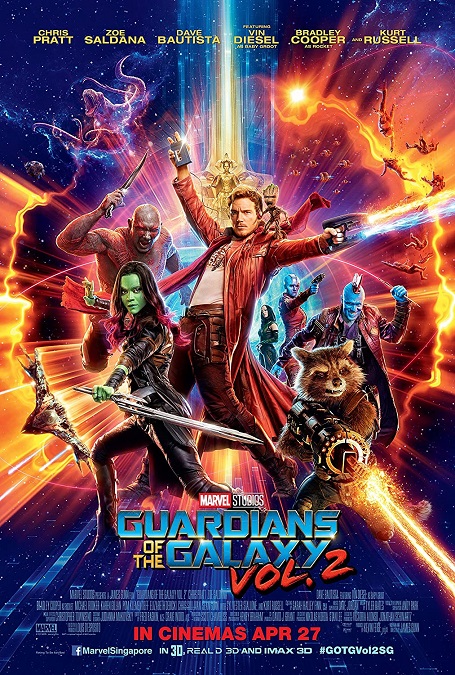
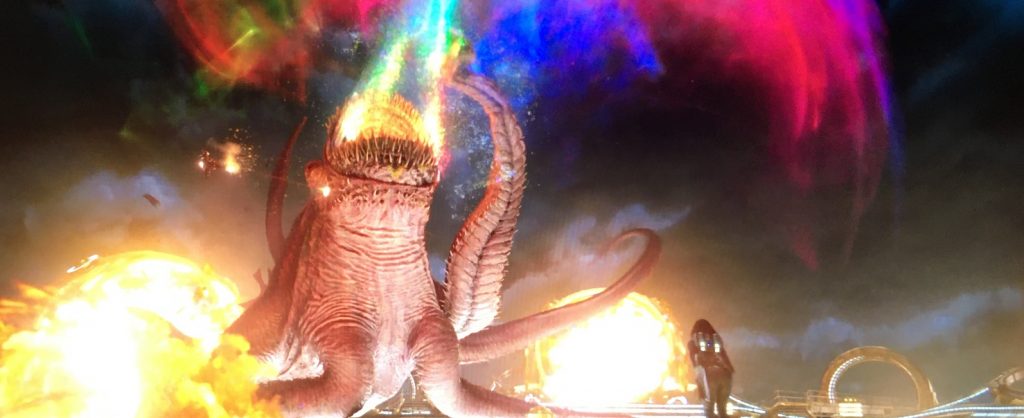
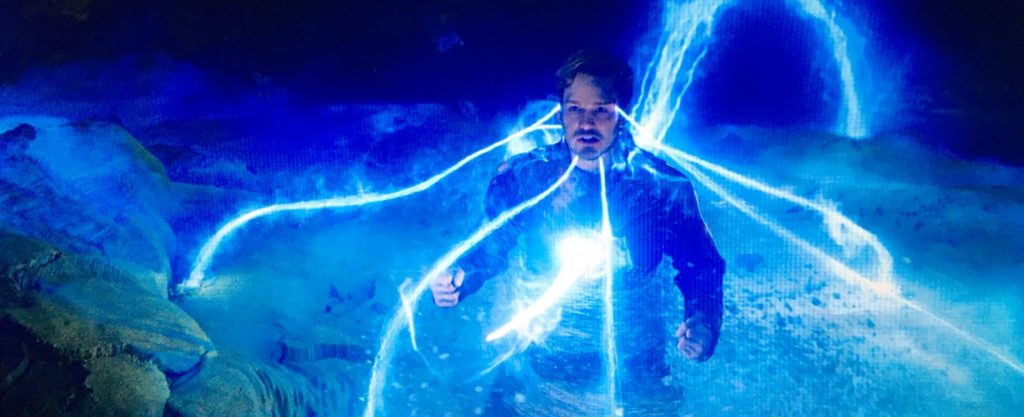
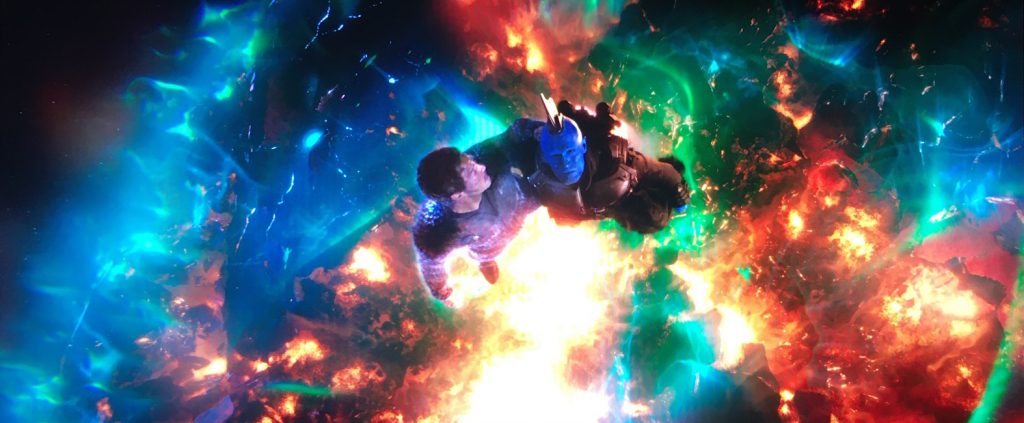
Guardians of the Galaxy Vol. 2

I’ve mentioned movies that had flashy visual effects before, and while flashy does not necessarily mean good, these effects were both. The color pallet chosen for this film could be described in three words: psychedelic, rainbow, and glowing. All three are apt adjectives, making the visual landscape of the film brilliant and dazzling. It is truly like a comic book come to life.
The genre is fantasy/sci-fi/adventure, and takes place in outer space. Many of the spectacular effects were like a brightly colored laser-light show. The explosions were not mere explosions of yellow and orange fire. They were full of greens, blues, and purples as well. The flames that burned the dead body of a fallen comrade were a complete spectrum of eldritch light. For me, this marvelous color palate was one of the things that made this movie’s visual effects so memorable.
As one might expect in a modern space adventure, there were several scenes that displayed fast and highly maneuverable space ships moving like daredevil fighter jets. There were space monsters, laser guns, a magical arrow that could penetrate any armor, and a living planet with an actual face. This movie really gave us visuals that we’ve never seen before. Of course, most of it was based on the images in the original source material, the pages of Marvel comic books, and they did a fantastic job of bringing it to life.
But the script was also light-hearted and didn’t seem to take itself too seriously. Amid all the bright colors were the wonderful CGI characters of Rocket and Baby Groot. I have to comment on how awesome the talking racoon was. As they did in the first film in the Guardians of the Galaxy franchise, the animators really paid close attention to the distinctly racoonish fur on his face. We saw when it got dirty and matted, or when a tear rolled from his eye. Perfectly detailed.
Then there was Ego. As is becoming more common by this time, there were several scenes in which Kurt Russell had to be de-aged, and he looked pretty good. There were times when he had to morph from a glowing blue skeleton into a fully fleshed man, or into David Hasselhoff, or when he is defeated and he crumbles into dust. They did a pretty good job with the various physical incarnations of the Celestial. And the fully CGI environments of his planet and his palace were beautiful, like a pristine paradise. Even the inside of the planet was like a glowing cavern straight out of a dream.
The movie’s opening credit scene and its climactic battle in Ego’s planet body were particularly memorable. The tentacled monster with the psychedelic rainbow blasts that shot from its toothy maw was fun. And the final showdown between Ego and Star Lord was fast-paced and exciting. And staying true to that rainbow aesthetic, the Ravager funeral at the end where a massive fleet of ships spouts fountains of brightly colored fireworks all at the same time. And yet they somehow managed to make that bright display the movie’s emotional climax, and it was beautiful.
